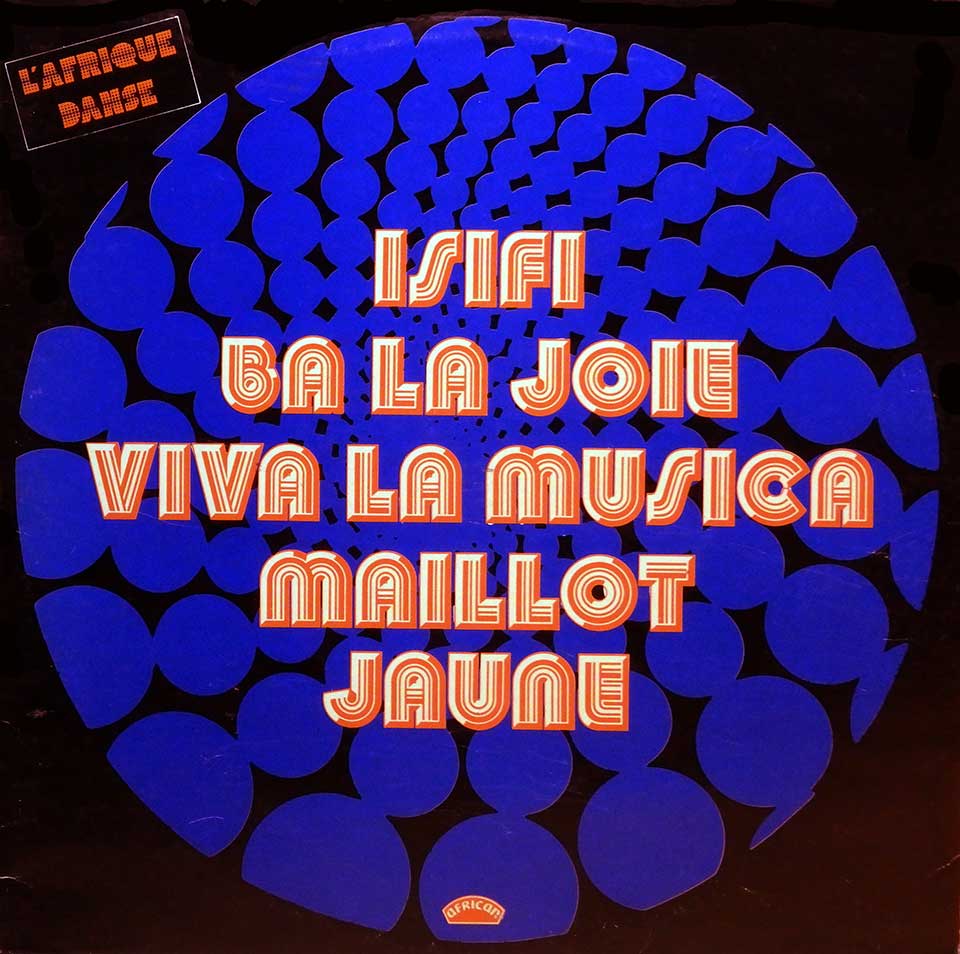I’ve never been a fan of poetry on a page. But since I started writing lyrics for this project (I hadn’t written lyrics in a very long time prior to this, long enough that my previous work is basically just teenage breakup angst), I’ve really observed that setting words to music adds something. Something that’s hard to put your finger on. It’s a piece of the puzzle, the whole story of a work, in a similar way that a music video will add yet more depth to a song. How much more profound is David Bowie’s Blackstar as a result of the accompanying video? The words written on a page just don’t hit as hard, at least they never have for me. In fact, many lyrics in print form I would mistake for completely trite. The song makes the poetry.
The words have to flow smoothly. This can mean they rhyme, and I’m a great fan of double couplet rhyming and deep rhyme schemes. But more important to me is that good vocal lines are always somewhat conversational. The notes in a vocal melody can convey inflection. A meandering line that has a lot of movement might evoke incredulity or anger, depending on the movement and the note order. If you were to speak the lyrics to someone else in conversation, and the sentence lilted up or downwards at the end of a phrase, the vocal melody should reflect that. Paul Simon is the guru of conversational singing, though I constantly look to the entire hip hop genre for great examples as well, whether rapped or sung.
And, the sounds of the syllables need to sit comfrotably on the tongue and in the song. I have often changed words that I like only because I can’t deliver them naturally in the song. Bjork is a master of syllables, probably the best I’ve ever heard. She has such a command of them that she can create striking new timbres with just pronunciations. I’m always amazed when I listen to her.
Paying heed to all these things will make the vocals in a song sound natural, classic, flowing. And the ideas conveyed in the words will come across more clearly and sink in deeper, without the listener being aware of it in a lot of cases. Great songwriting is a marriage of words and music. And lately I can’t get excited about instrumental music. That may be another thing Pollens did to me. I’m addicted to the human voice as instrument. It’s so old, so primal, so ecstatic, so unconscious.
All this is the main reason lyrics are so difficult for me. It’s like a Rubic’s Cube; they have to be approached from so many angles at once.

